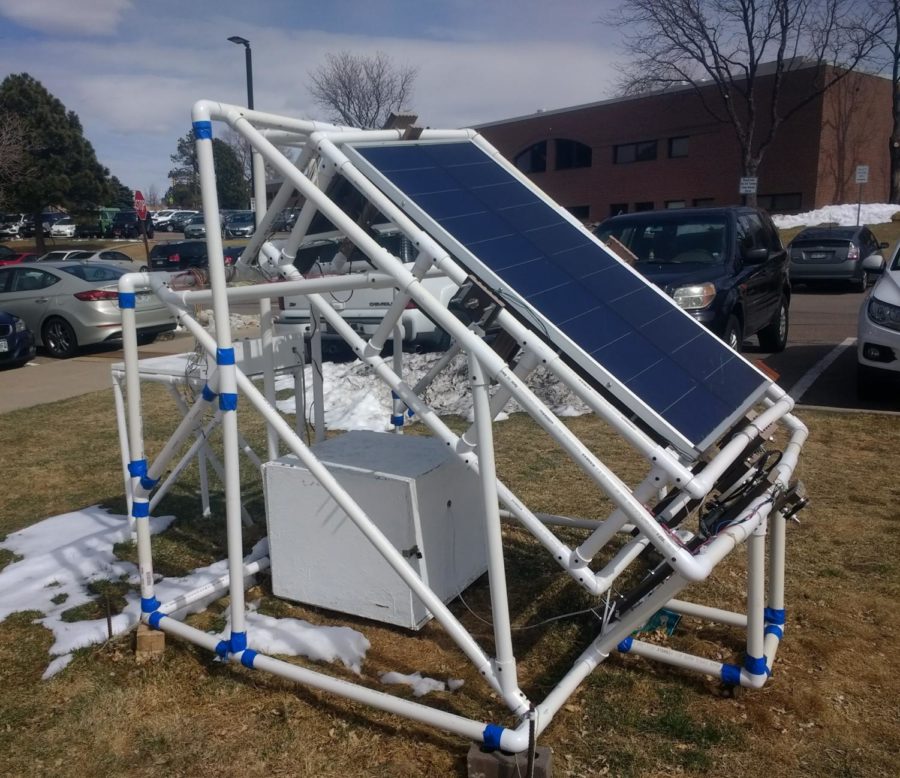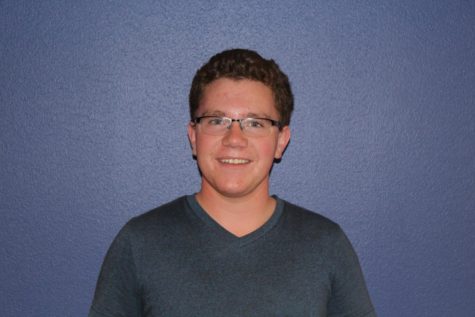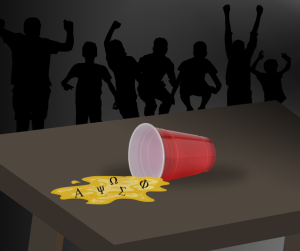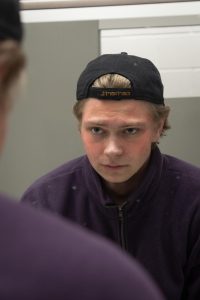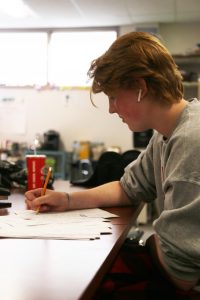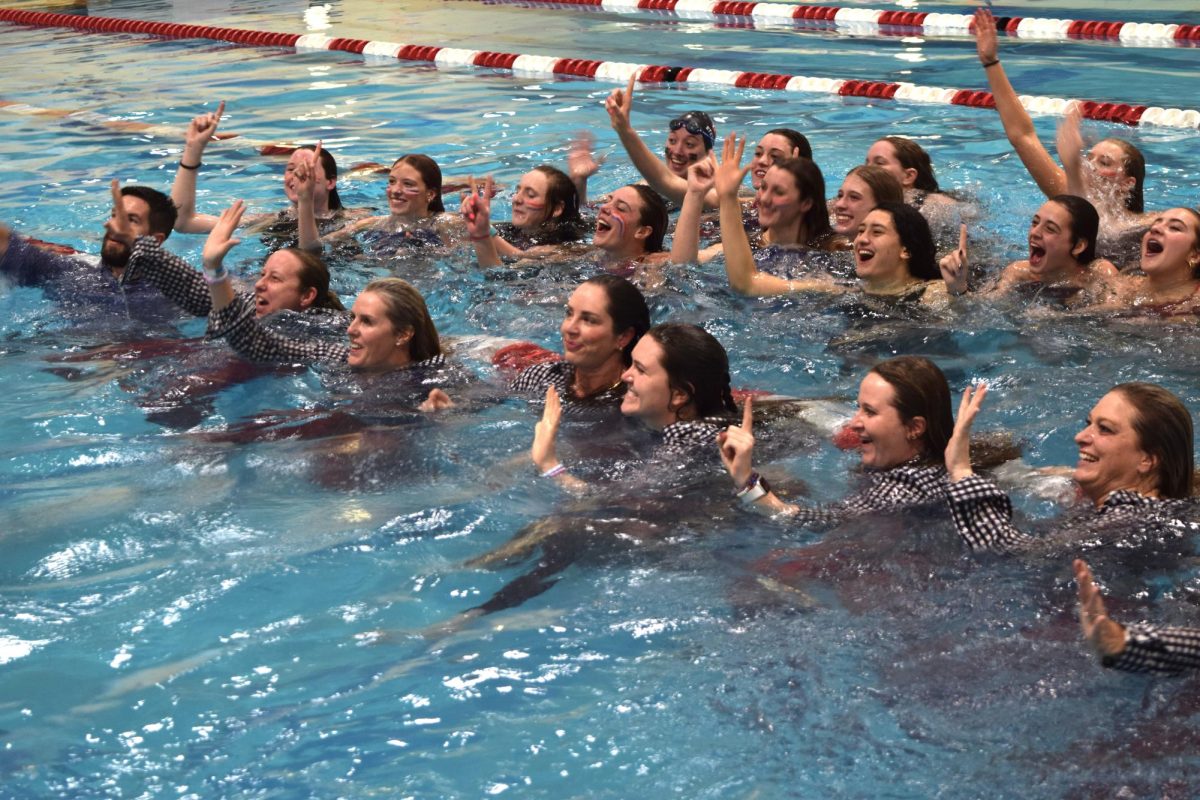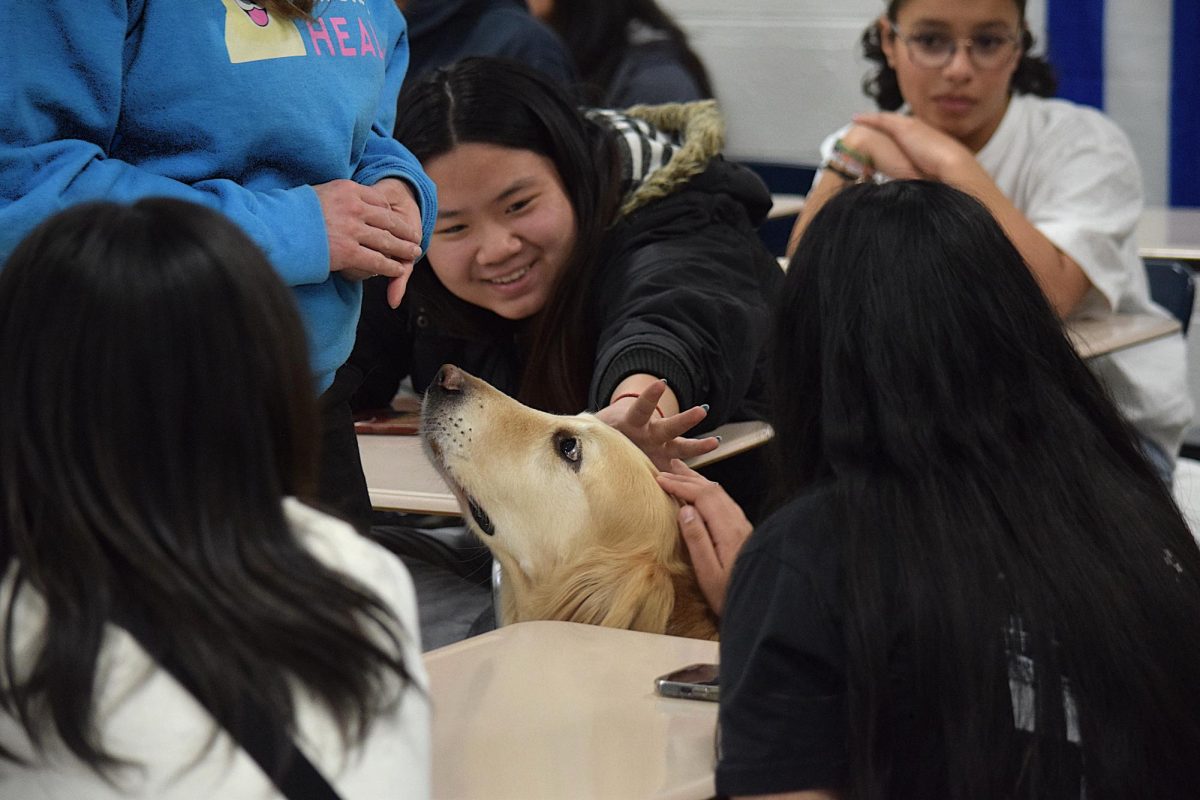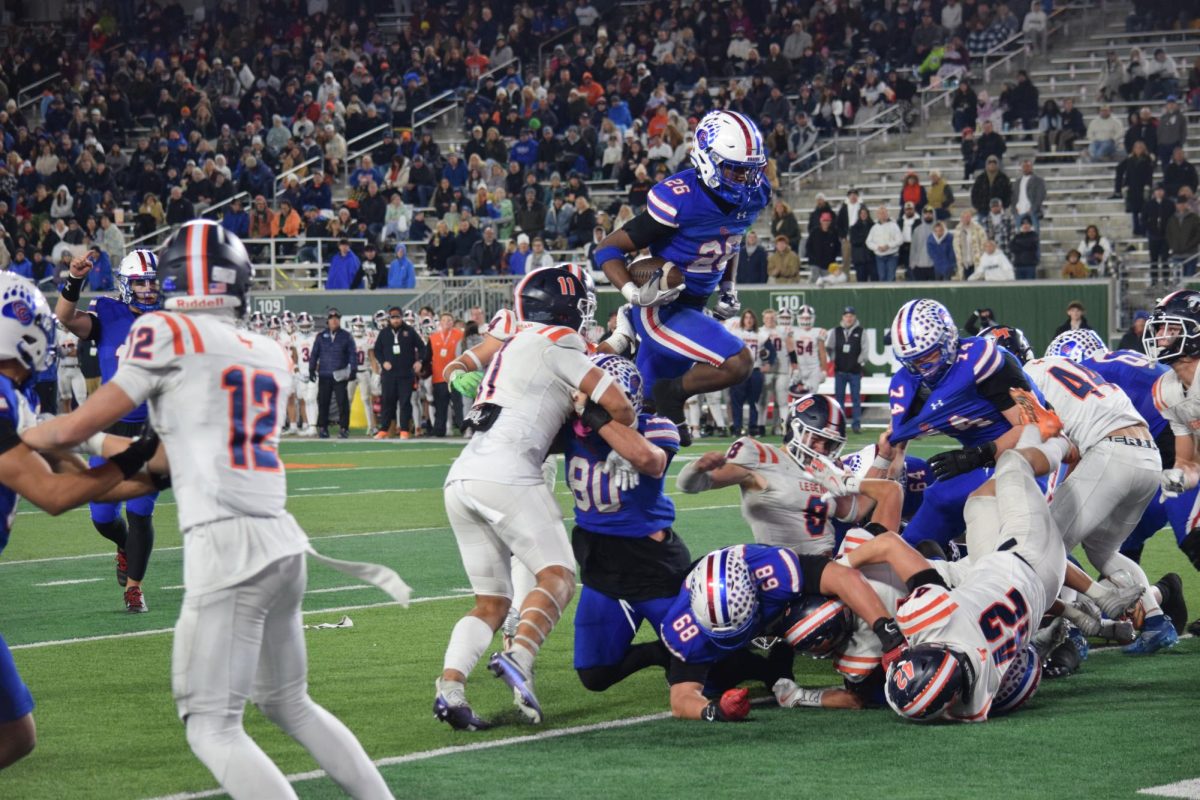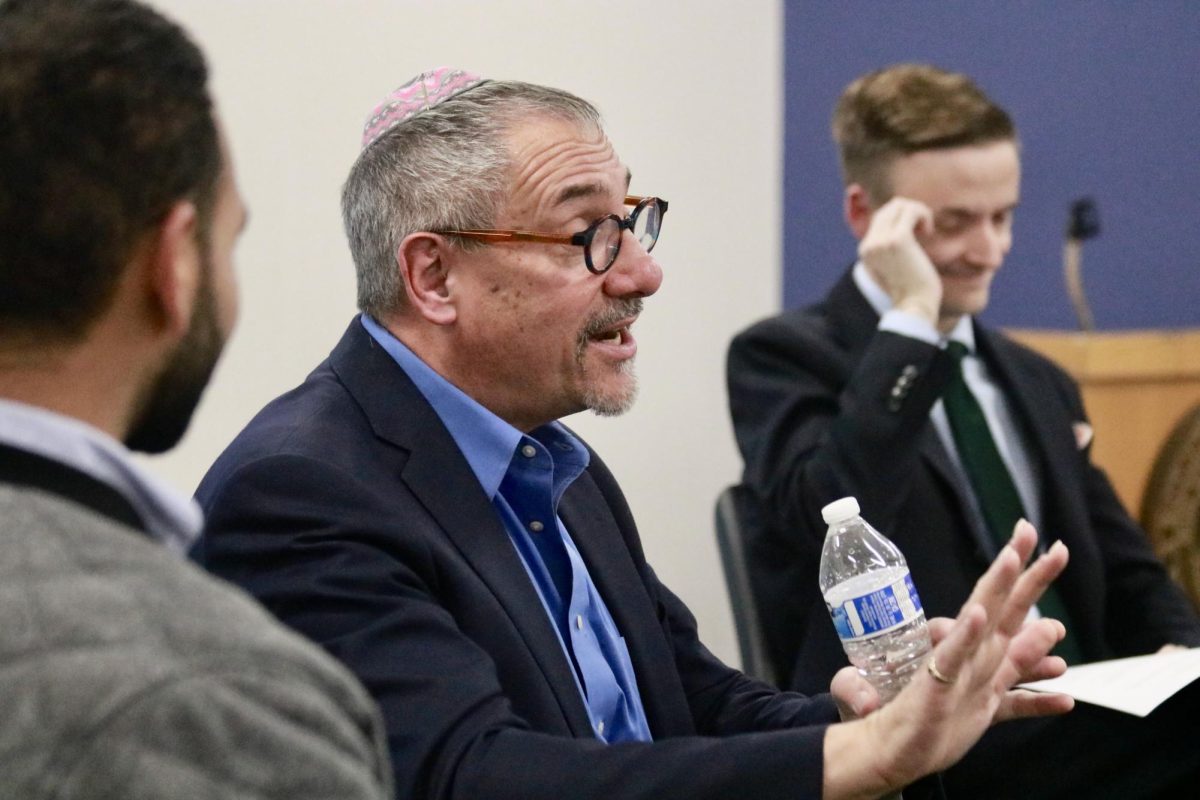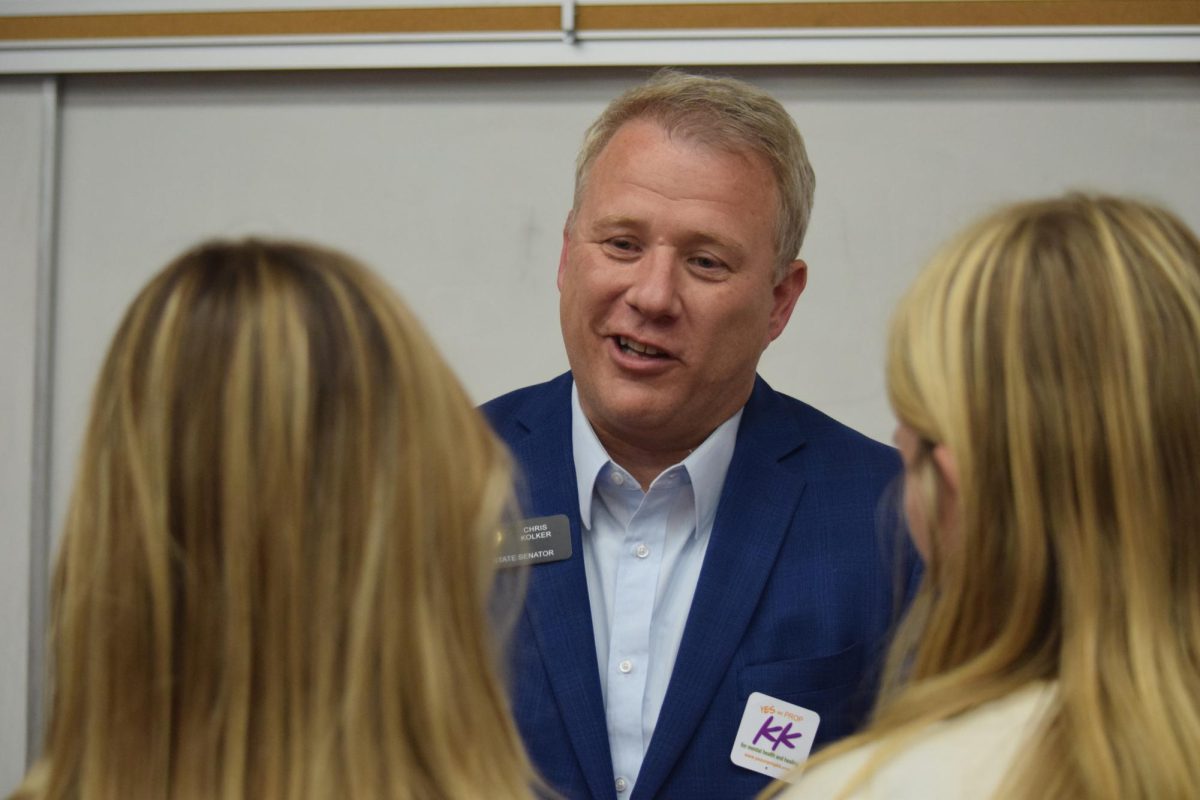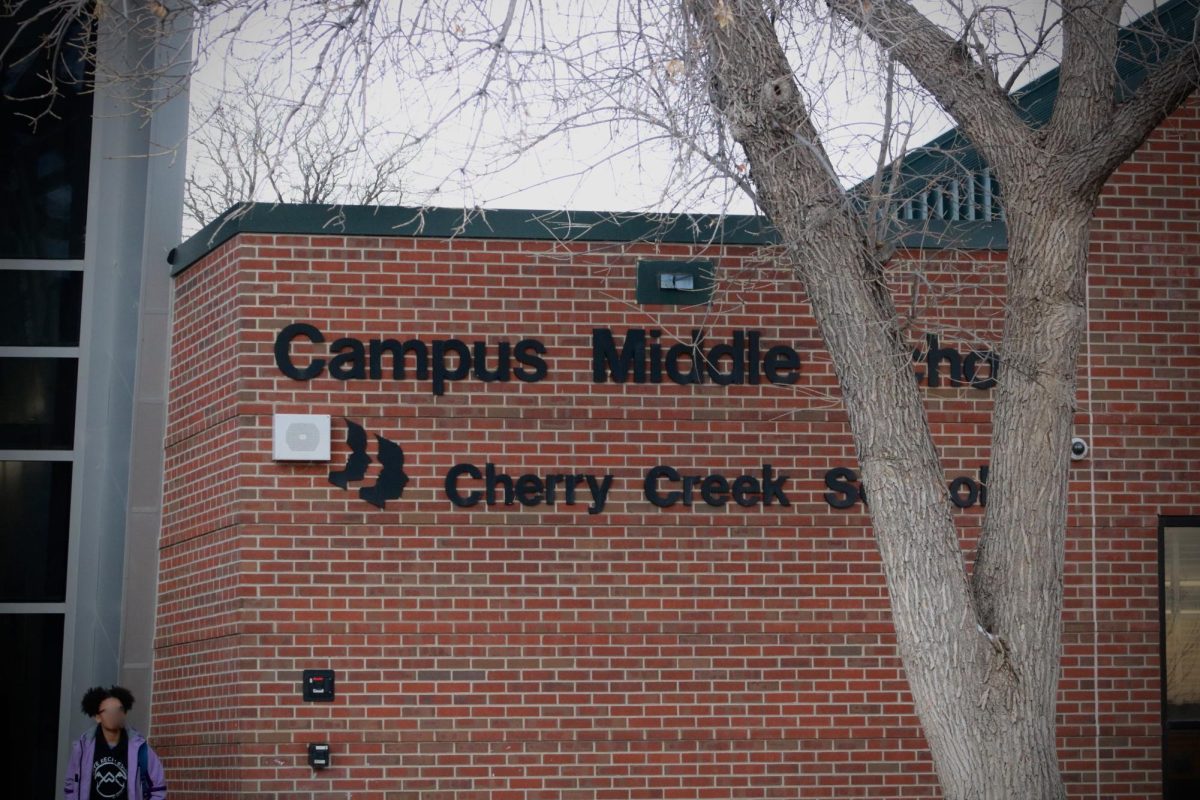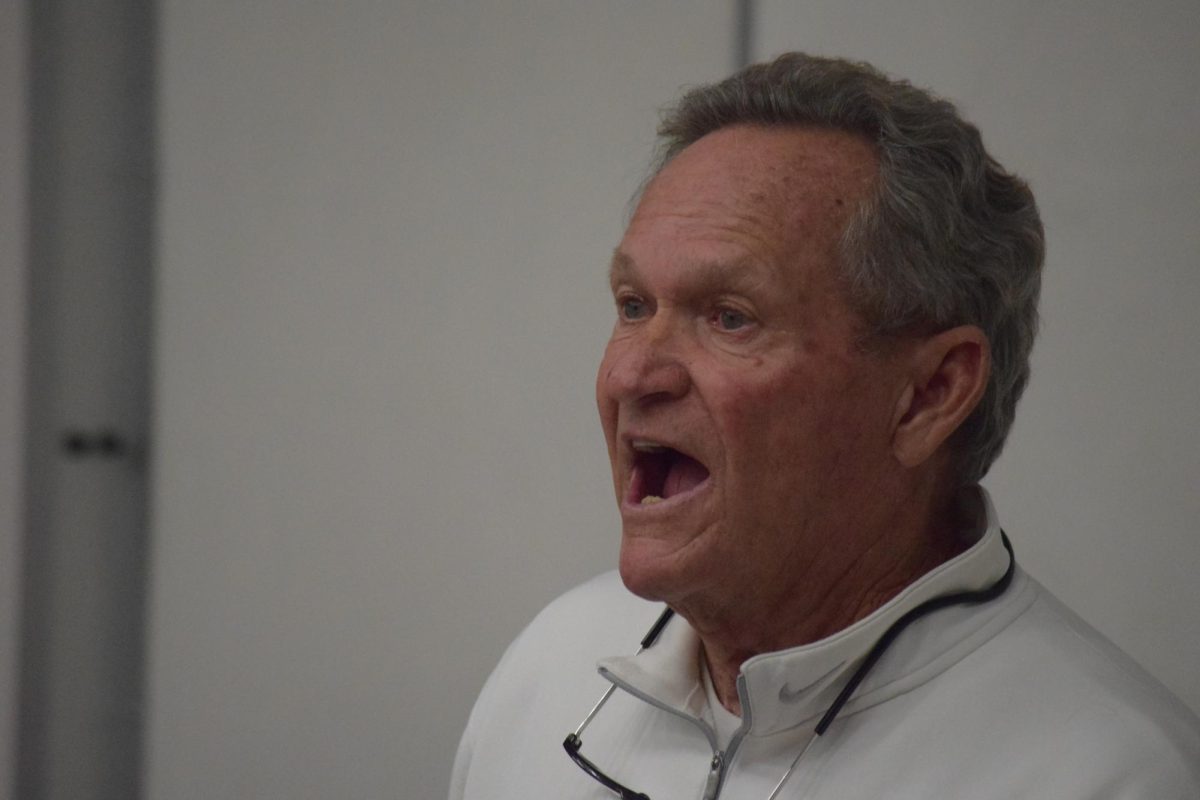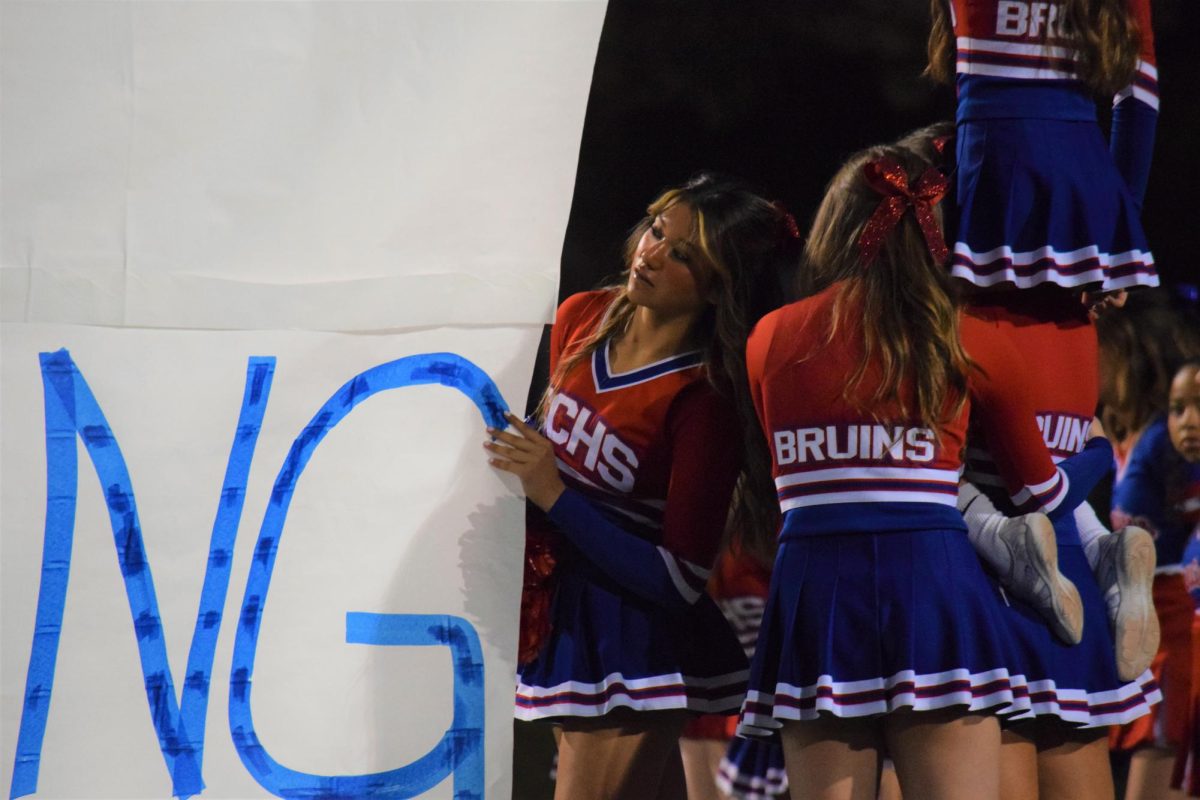Engineering physics class installs solar panel
May 11, 2018
Senior Evan Breitkreuz is assisting Dr. Clyde Oakley in improving the solar panel setup, located in the parking lot between the west building and Stutler Bowl.
The solar panel was an older one donated by Jeffrey Boyce, who teaches Astronomy and Environmental Science.
Last year, Oakley’s CP Engineering Physics class constructed the rest of the setup from supplies from Home Depot, using money from grant proposals. Supplies included wiring, PVC pipe, and the platform the panel turns on.
“They had multiple teams: some of them were electronics teams, and some of them were building the basic structure to hold everything up, some were building a platform that would rotate, and some were buying the motors and fixing them so they could turn,” Oakley said.
The solar panel was only one project students in the class undertook. The final project was building a boat out of cardboard, duct tape, and trash bags.
This year’s class is up to something else entirely; using legos to simulate robots used in nuclear meltdown cleanup. However, the work on the solar set up is not over.
The solar panel is functional, producing 30 watts, however, there is still work to be done.
“It’s just a charging station for students… but we haven’t started that until we’re completely done with the technical work,” Oakley said.
Most of the class had been seniors last year and graduated. However, the class had three juniors, including Nikita Sluchak, now a senior.
Sluchak and Breitkreuz, who is in Honors Engineering Physics, are working with Oakley towards the goal of a device charging station for students.
“We’ve been taking voltage and current and resistance measurements… seeing what happens to those measurements when we plug things in, and what we can charge with the output of a solar panel like that,” Breitkreuz said.
The solar panel uses direct current (DC), which is stored on a battery, and converted into alternating current (AC) for use on everyday devices, such as cell phones, on an inverter.
Dr. Oakley is retiring at the end of this year, and Breitkreuz and Sluchak graduating, so Dr. Keith Harrison will be in charge of the project in the future.
Breitkreuz will be attending Colorado School of Mines in the fall and plans to major in Civil Engineering.

